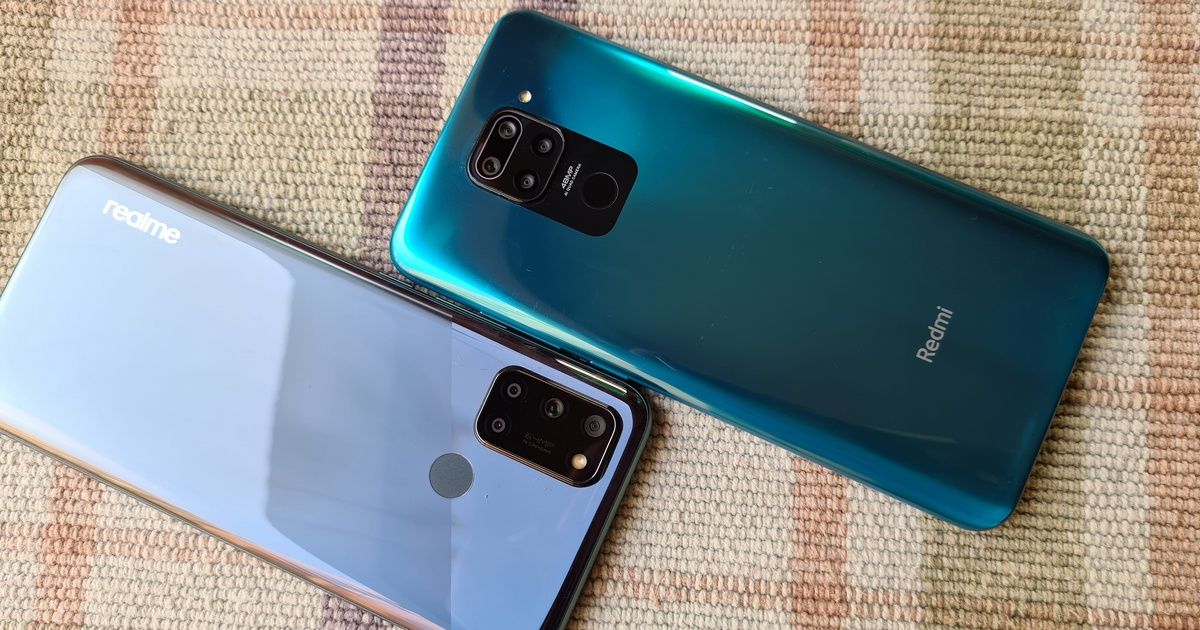
Realme has been on a launching spree as of late, pushing out about twice the number of devices than its closest competitor Xiaomi has launched in 2020. The Realme 7 series was quite popular and I had used both the phones in that series. I ended up giving them more than favourable reviews. Much like the competing Redmi Note 9 series, Realme has now unleashed a third phone under the Realme 7 series called the Realme 7i, which starts at Rs 11,999 and offers similar specs as its older sibling, the Realme 7 (review). For a slightly lower price of Rs 10,999, you can also purchase the Redmi Note 9 (review). While some differences abound in both devices, one of the main highlights of these smartphones is their cameras. Therefore, the main user experience can be narrowed down to how good the cameras perform on each device. Technology has reached a point where even budget phones pack in better optical hardware than some flagships back in 2018. So in this camera comparison, I’m going to test the optics on both the devices in varied conditions to see which one is more worth its salt.
Camera hardware
The Realme 7i has a 64MP Samsung GW1 ISOCELL sensor that is supported by an 8MP ultra-wide lens, a 2MP macro sensor, and a 2MP mono sensor. On the other hand, the Redmi Note 9 harbours the Sony IMX586 48MP sensor along with an 8MP ultra-wide lens, a 2MP macro lens, and a 2MP depth sensor. The selfie shooter on the front of the Realme 7i is a 16MP lens with an aperture of f/2.1 while the Redmi Note 9 has a 13MP sensor with an aperture of f/2.25. Both phones can shoot 1080p videos @30 fps.
Daylight landscape shots
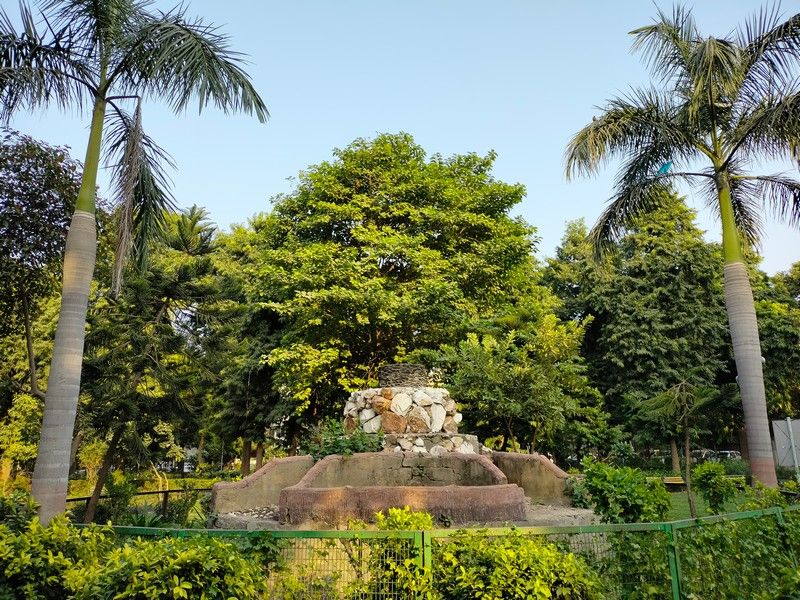
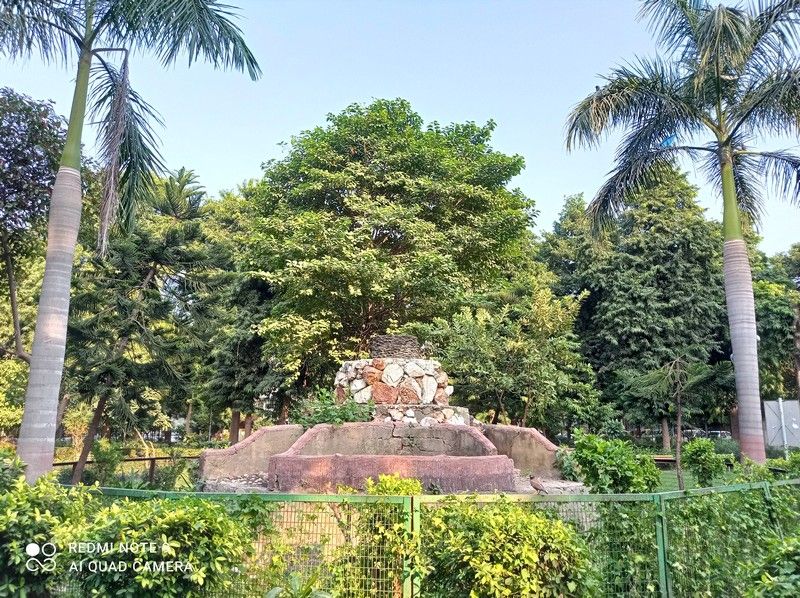
When drowned in considerable sunlight, both cameras do a spectacular job of detailing and capturing colours. HDR and shadows are mostly on point, for budget phones anyway, and the contrast levels can vary depending on how the sun rays hit the sensor. In general, the Realme 7i will churn out more saturated photos in comparison to the Redmi Note 9. The latter provides more natural-looking shots which can appear a bit dull colour wise but are spot on with the realism. I would recommend turning off the Chroma boost on the 7i to give a more toned-down approach to saturation, but colours will still look brighter in comparison to the Redmi Note 9. Basically the former captures photos that are more suitable for social media sharing and will respond quite well to Instagram filters. I still prefer the natural look in Redmi Note 9’s shots.
Ultra-wide shots
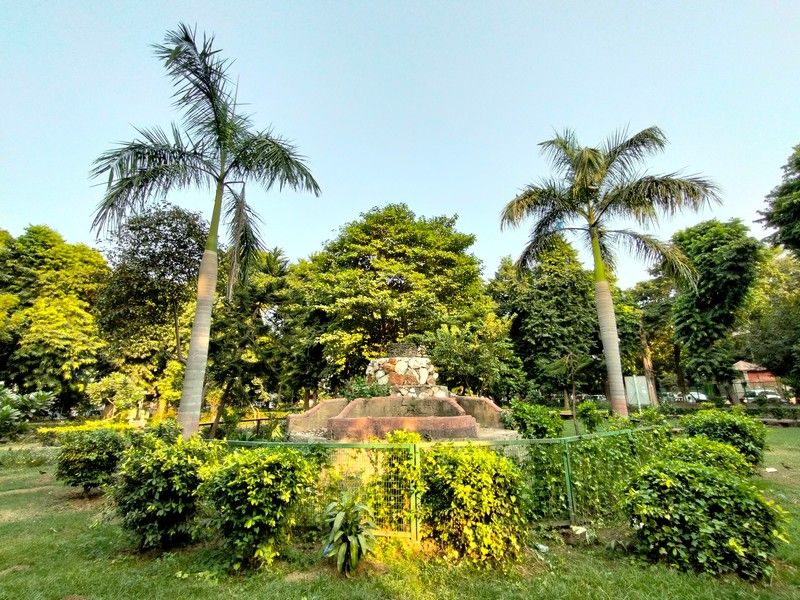
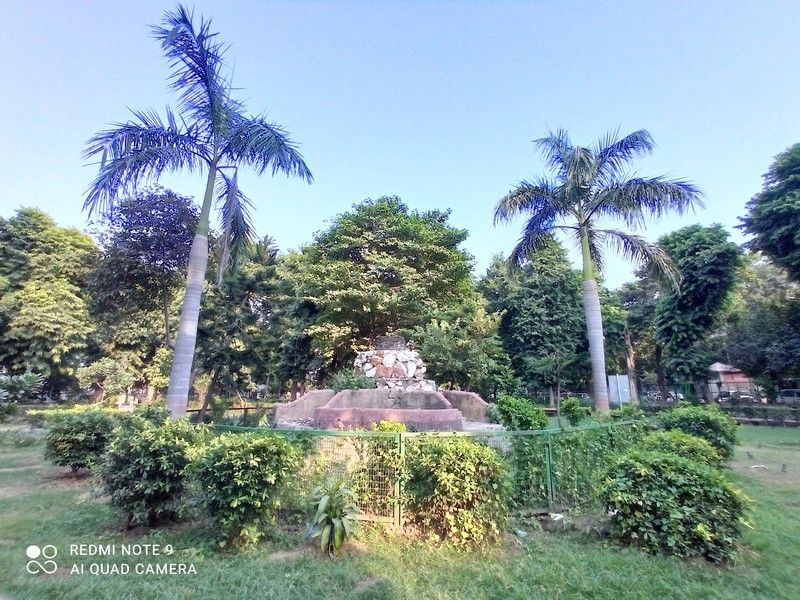
For the most part, the ultra-wide shots on both the devices turn out to be quite good. However, the Redmi Note 9 seems to have some trouble with HDR and the photos have a bluish tinge which shows that the lens favours a colder colour temperature. To its credit, the Realme 7i manages to keep the colour temperatures under control but has a familiar over-saturated look. Detailing and focus for both the shots are on point and there is no warping around the edges. At night, both the sensors fail at the task of capturing any meaningful detail and as such their usage should only be confined to times with bright sunlight.
Low-light indoors
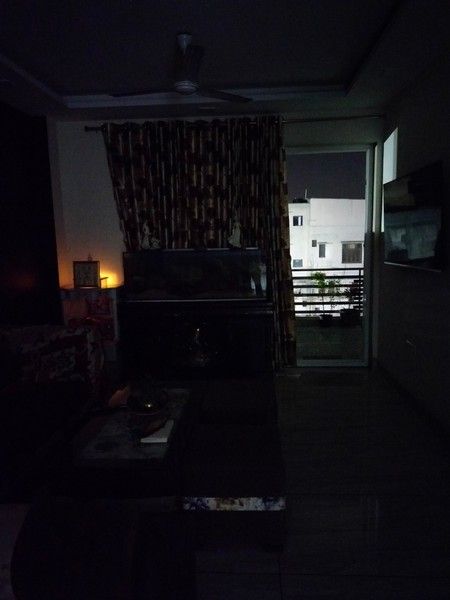
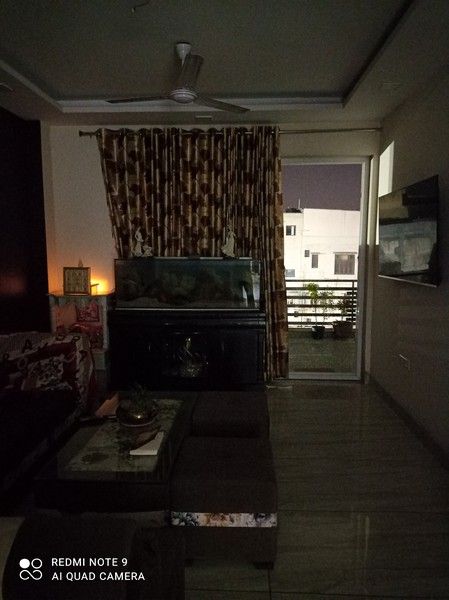
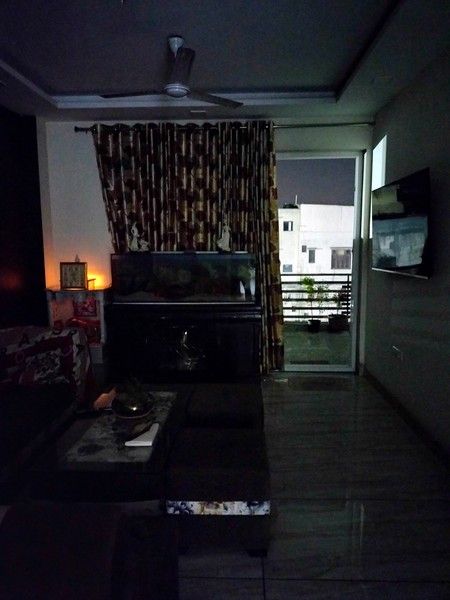
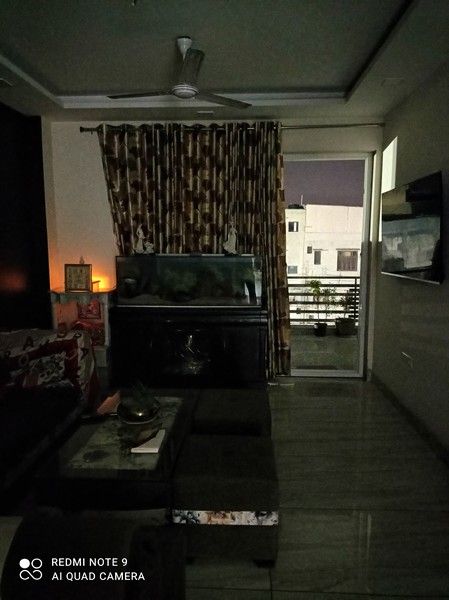
Without using the dedicated night mode, the Redmi Note 9 managed to capture more details in a dimly-lit room than what the Realme 7i could. In the latter’s case, the room is barely visible and only the balcony door gets illuminated with the twilight light pouring in beside the curtains. With the night mode on, Realme 7i manages do put out considerably more details and surprisingly a more colour accurate shot with the texture on the cushions and marble under the table clearly outlined. The Redmi Note 9 gives a more exposed shot but casts a green tint over the entire image and detailing is soft on objects inside the room. Both the phones get the lamp’s colour right which is present at the very end of the room.
Low-light outdoors
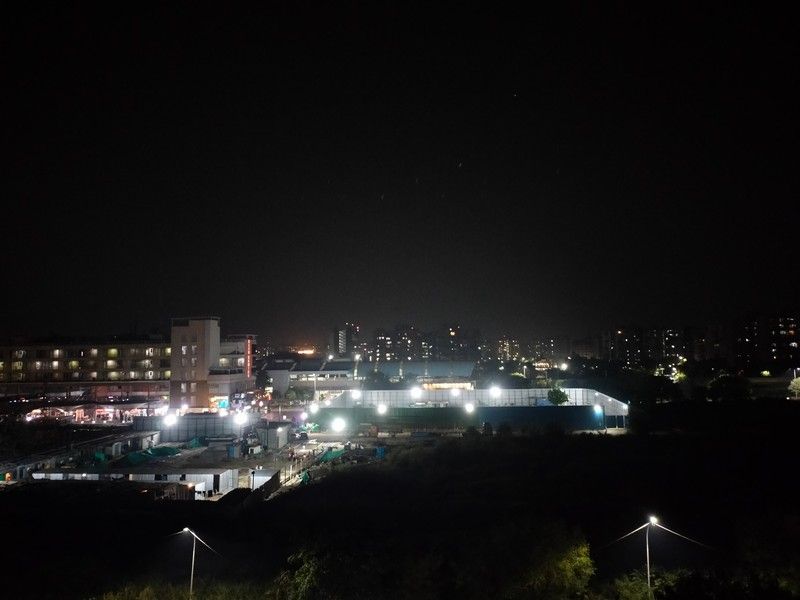
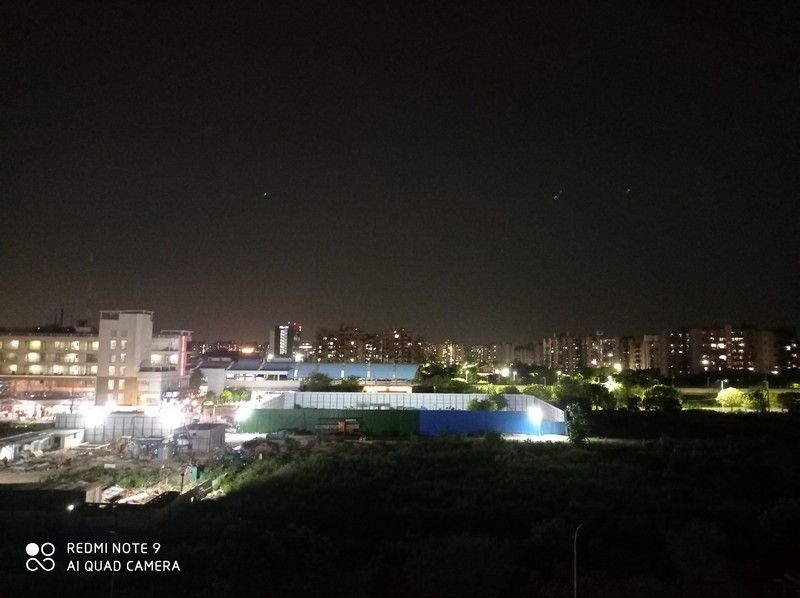
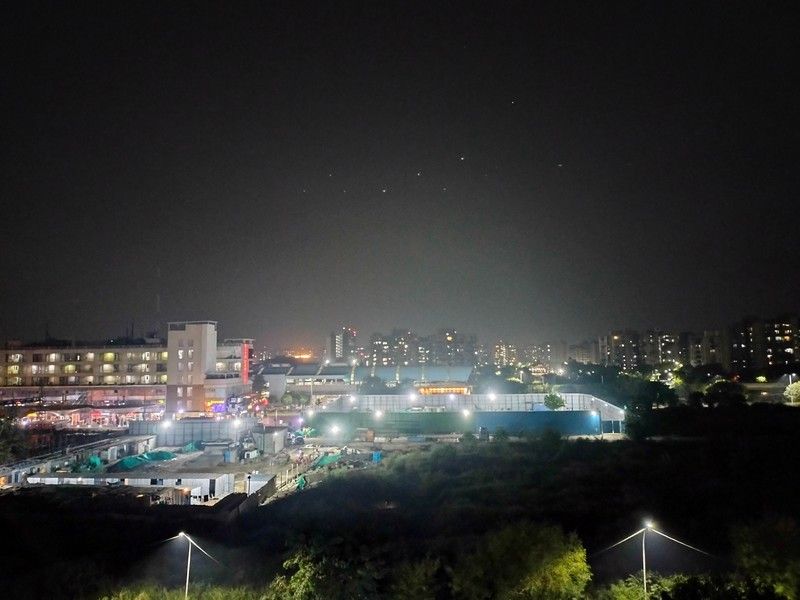
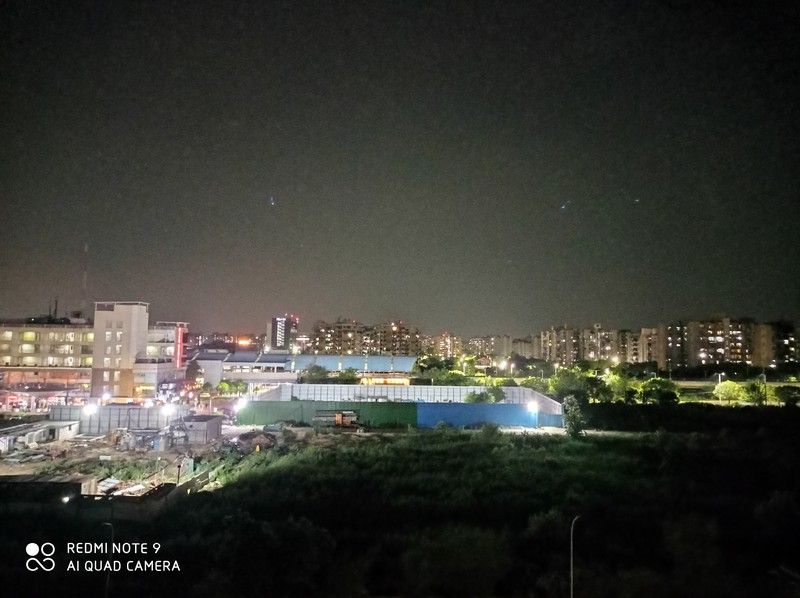
Budget phones have come a long way in night photography from what they could do only a couple of years back. The scene recognition on both devices instantly adjusts for low light and automatically takes a more exposed shot. The Redmi Note 9 edges out the Realme 7i in terms of colours and details on the landscape, while both devices overexpose the lamp lights. The stars in the night sky are more visible on the Redmi Note 9 shot while the Relme 7i barely manages to capture them at all. Using the dedicated night mode brightens the entire landscape and gets in more details from the light falling from the street lamps onto the nearby foliage. Stars in the night sky are illuminated more prominently, though the Redmi Note 9 has more noise. Colours and exposure calibration for both the devices are on point for the price.
Portrait and macro shots
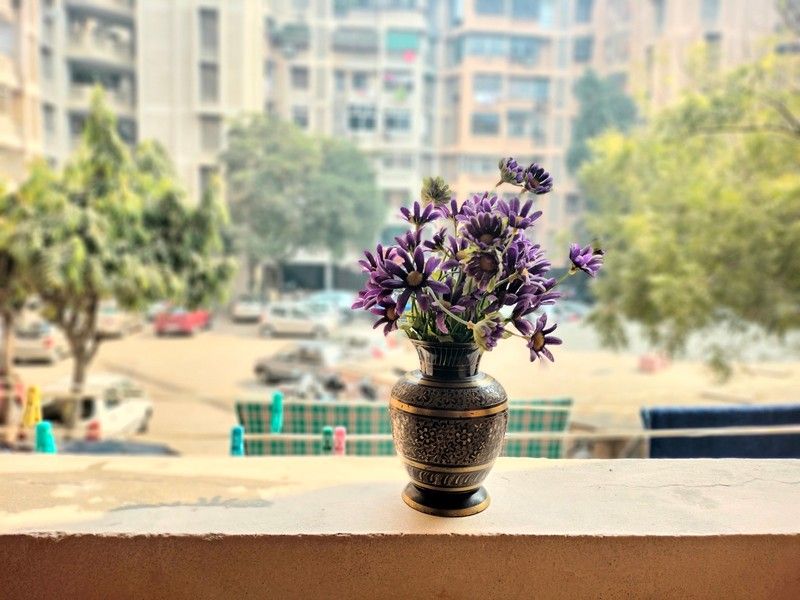
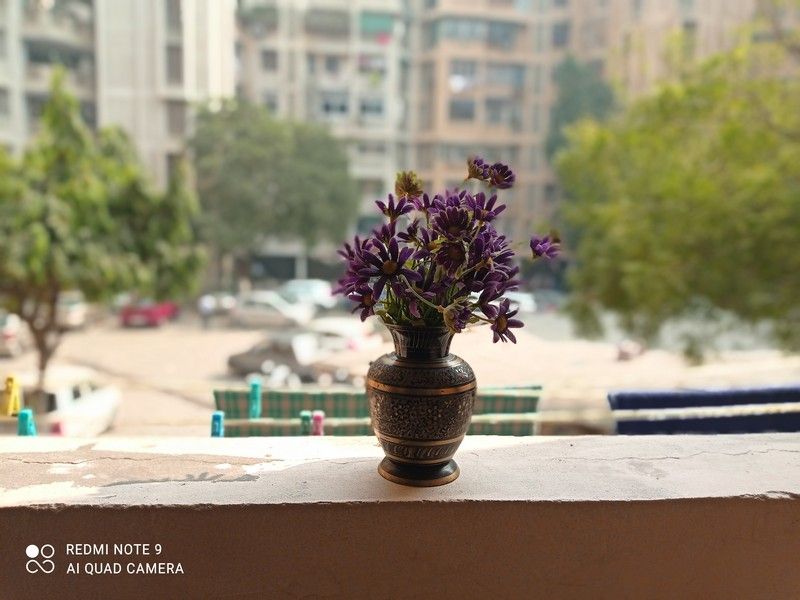
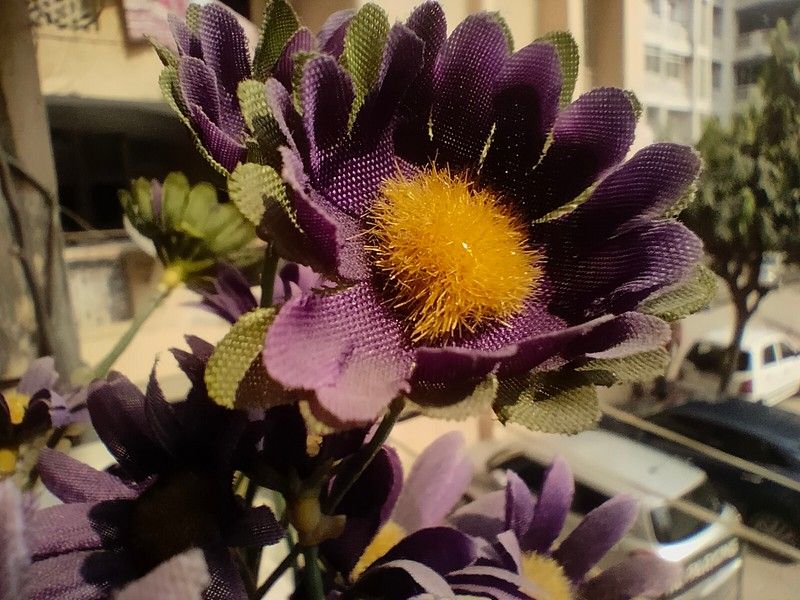
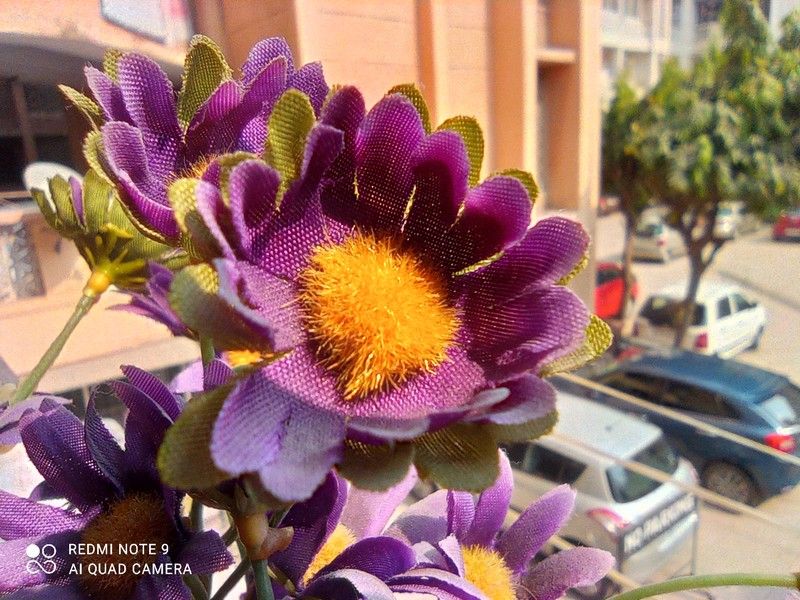
Edge detection and background blur on both the devices are excellent but only in good lighting conditions. The level of blur is not adjustable but the default softness of the background is easy on the eye. Here again, we see the Realme 7i’s colours popping up on the flower giving them a deep shade of purple and slightly exposed look. The Redmi Note 9 has a very subtle exposure on the shot and the colours match up accurately with the real plant. Surprisingly the macro lenses on both phones took quite good photos, which is something I didn’t expect from budget devices. With a focus range of 4cm, the Realme 7i returns sharp images with good detailing and with more true-to-life colours. The Redmi Note 9 also has the same focal length and the photos are very detailed, but the colours are more saturated.
Selfie shots
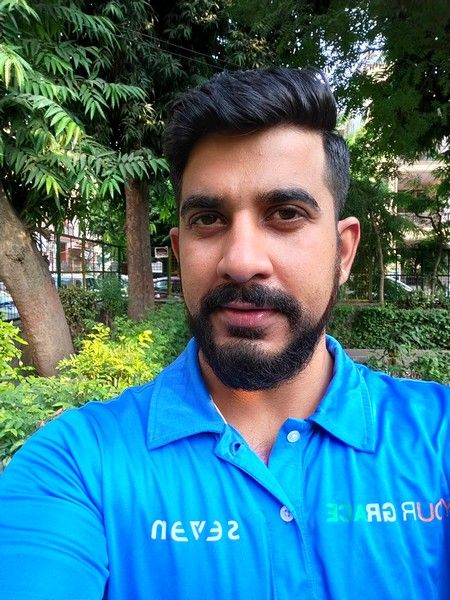
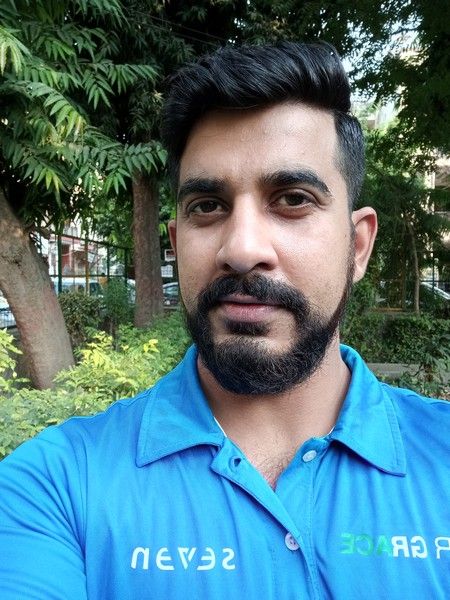
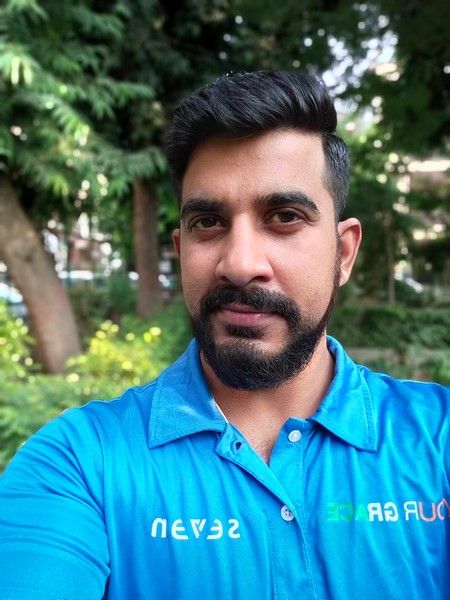
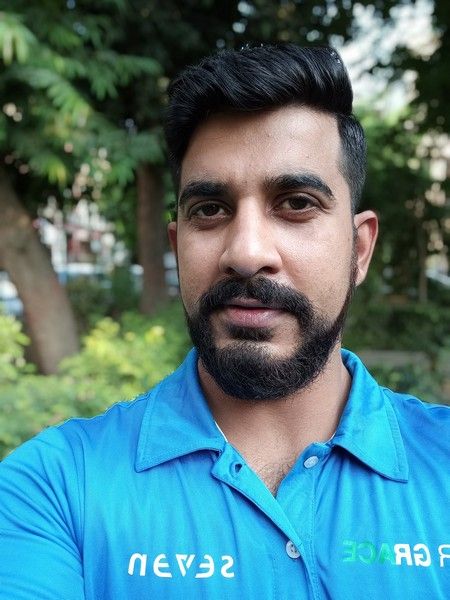
Most of the selfie shots on both the devices are clear with a little bit of overzealous sharpening of facial features. Skin tones are retained better by the Redmi Note 9 and so is the exposure, while detailing of the face was done well on both the phones. In low light, the slightly wider aperture on the Realme 7i allows a bit more light to seep and give a more exposed shot, however, the Redmi Note 9 is more or less on the same footing. Portrait mode on both the phones’ selfie shooter is executed very well and background separation almost always is one point.
Final verdict
In many areas of smartphone photography, the Realme 7i and Redmi Note 9 are both exceedingly proficient and leagues ahead of what the segment could produce a couple of years back. A general theme for the Realme 7i has been oversaturation of colours and sharpening of details, while the Redmi Note 9 sticks to more realistic looking colours and brings out more details. At night both phones have some qualities that outdo the other. There will be no clear winner in this battle, but if you want your photos to look great for social media usage then the Realme 7i is your best bet, while keepers of memories with true to life colour accuracy should go for the Redmi Note 9.
from 91mobiles.com https://ift.tt/3mQbuFk
Post a Comment